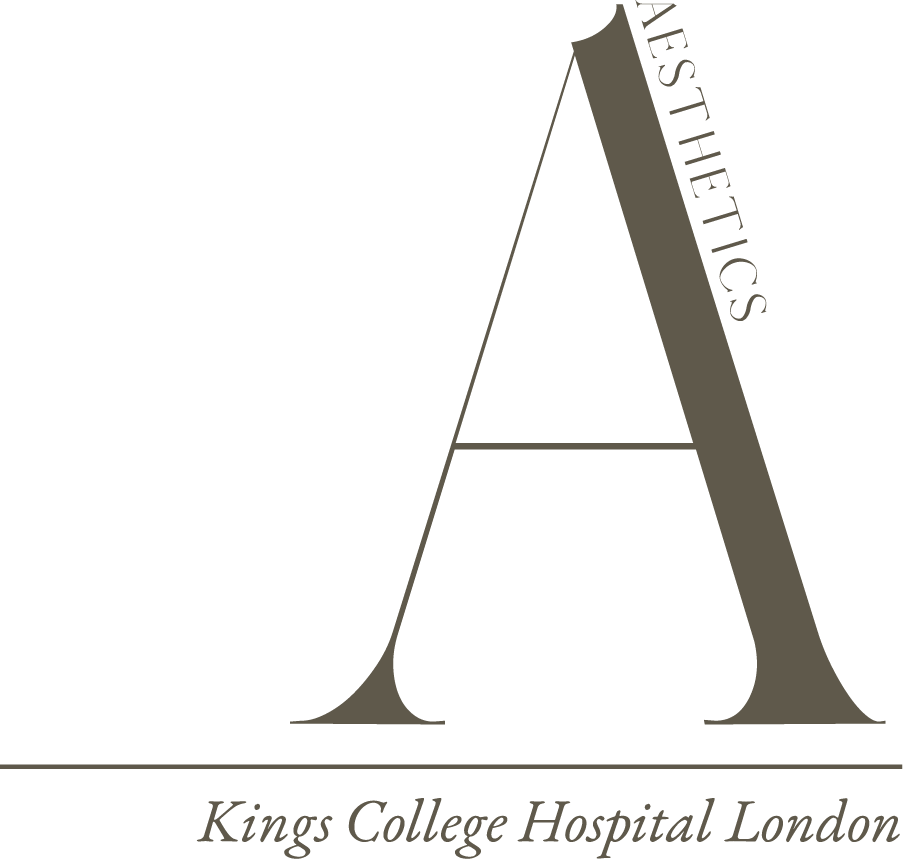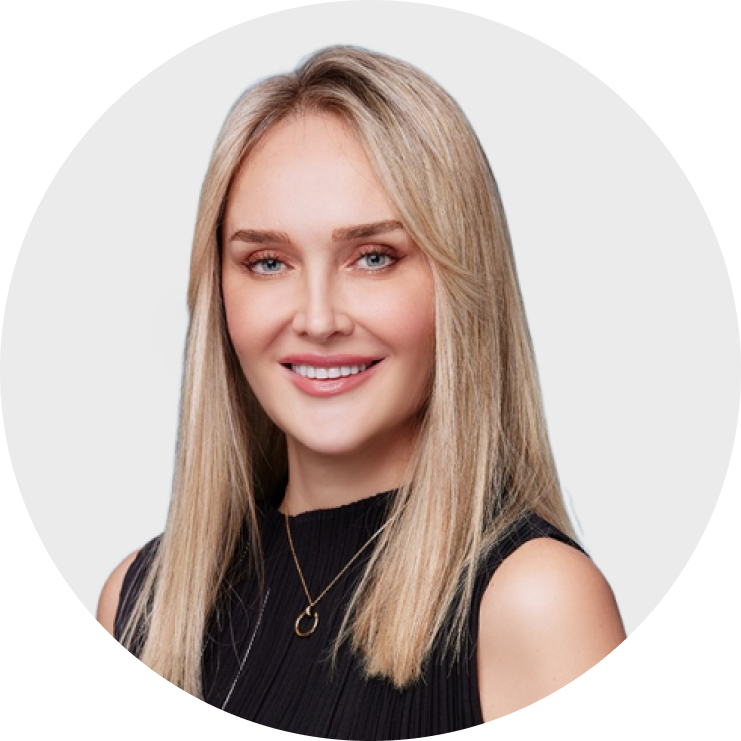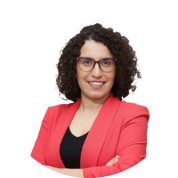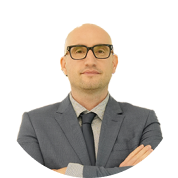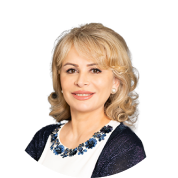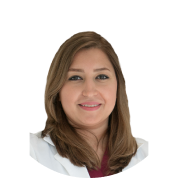Spider Veins &
Varicose Veins Treatment
Spider Veins Treatment in Dubai
Spider Veins and Varicose Veins
Spider and varicose veins are enlarged, twisted blood vessels commonly appearing on the legs. While both conditions are more common in women and tend to worsen with age, they are usually painless and do not lead to major health issues.
Spider Veins
Spider veins, medically termed telangiectasias, are small clusters of blood vessels visible near the skin’s surface. These veins, which are typically purple, blue, or red, often resemble tree branches or spiderwebs. They are most commonly found on the legs and feet.
Spider Veins
Varicose veins, characterised by their enlarged and twisted appearance, can present in shades of red, blue, or flesh tones.
These veins typically protrude above the skin’s surface, appearing dilated, bulging, and winding. They are most commonly found on the backs and fronts of the calves, thighs, and around the ankles and feet. During pregnancy, varicose veins may also develop in the inner thighs, buttocks, and lower pelvic region.
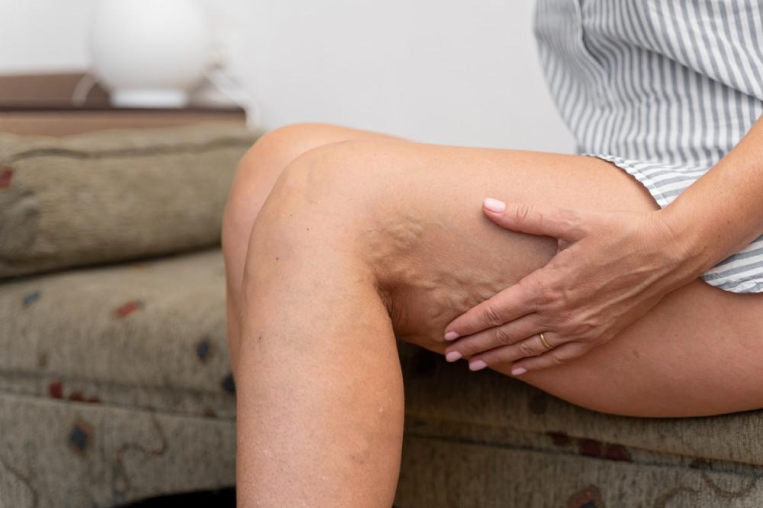
Risk Factors of
Spider Veins and Varicose Veins
Spider and varicose veins are frequent occurrences in adults, with women exhibiting a higher incidence than men. Risk factors that contribute to the development of these conditions include:
- Pregnancy
- Birth control pills
- Hormone therapy (HT)
- Obesity
- Prolonged sitting/standing
- Advanced age
- Injury
- History of blood clots
- Prior vein surgery
- Family history
Causes of Spider and Varicose Veins
Spider and varicose veins typically arise from structural issues within the blood vessels. Veins transport blood back to the heart, aided by one-way valves that ensure blood flows in the correct direction.
When these valves malfunction, blood can leak and flow in reverse, causing blood to pool. This leads to increased pressure within the veins, weakening the vessel walls. As a result, the affected veins become enlarged and dilated, forming varicose and spider veins.
Symptoms of Spider and Varicose Veins
In most cases, individuals with spider and varicose veins experience little to no symptoms beyond the visible appearance of the veins. Some individuals may experience symptoms such as leg heaviness, fatigue, or aching, particularly after extended periods of standing or sitting.
Additional symptoms can include swelling, itching, cramping, or a throbbing sensation in the affected area. While serious complications are rare, some individuals may develop skin ulcers on the lower leg, which can lead to soft tissue infections. In certain cases, localised bleeding from varicose veins or the formation of blood clots may occur.
Diagnosis of Spider Veins and Varicose Veins
Diagnosing spider and varicose veins typically begins with a physical exam conducted by your doctor while you are both sitting and standing. Your doctor will also inquire about your symptoms. To exclude other potential conditions, additional tests may be recommended, including:
- Ultrasound: This test assesses blood flow within the veins, identifying weakened or leaking valves, and detecting the presence of blood clots.
- Venogram: This imaging test provides a detailed view of blood flow within the veins, often used when a large blood clot is suspected. It involves injecting a dye to enhance the visibility of the veins in your legs.
Varicose Veins and Spider Veins Treatment in Dubai
The treatment for spider and varicose veins varies depending on the severity of the symptoms. Common treatment options include:
Lifestyle Changes
Lifestyle modifications can significantly alleviate symptoms. Weight loss and regular exercise can enhance circulation and reduce discomfort. Elevating the legs while sitting or sleeping and minimising prolonged periods of standing or sitting can reduce swelling and improve blood flow.
Compression Stockings
These garments, also known as support stockings, apply gentle pressure to the legs, thereby improving circulation and reducing swelling, providing an effective option for symptom management.
Sclerotherapy
Sclerotherapy, typically performed in a doctor's office, involves injecting a specialised solution directly into the affected vein. This solution causes the vein to collapse and gradually fade away. Optimal results may require multiple treatment sessions.
Vein Surgery
For more severe cases, surgical options such as vein ligation and stripping may be recommended. This procedure involves ligating, or tying off, the affected vein and then removing it through small incisions. It is typically reserved for advanced varicose veins.
Ambulatory Phlebectomy
This minimally invasive surgery is used to remove varicose veins located just beneath the skin's surface. The procedure involves making tiny incisions and using small hooks to remove the affected vein. Typically, one session is adequate, with most patients able to return to their usual activities the following day. The body's healthy veins take over blood circulation after the procedure.
Laser Therapy
This treatment uses a concentrated beam of light to target and damage the affected vein, causing it to fade over time. It is especially effective for smaller varicose veins and spider veins.
Laser and Radiofrequency Ablation (Endovenous Thermal Therapy)
This procedure, designed for larger, bulging veins, involves inserting a small catheter into the vein. A device at the catheter's tip emits heat, permanently sealing the vein shut. The blood flow is then rerouted to healthier veins, improving circulation.
Choose Aesthetics by King’s College Hospital for
Spider Veins Treatment in Dubai
At King’s College Hospital Dubai, we offer exemplary service, from initial consultation to final diagnosis, treatment, and beyond.
Our team of expert doctors and nurses is dedicated to providing personalised management and treatment for your condition. We are here to answer any questions you may have throughout your care and are just a phone call away whenever you need us.
Meet Our Expert
Dr Balazs Hodosi
Consultant Dermatologist
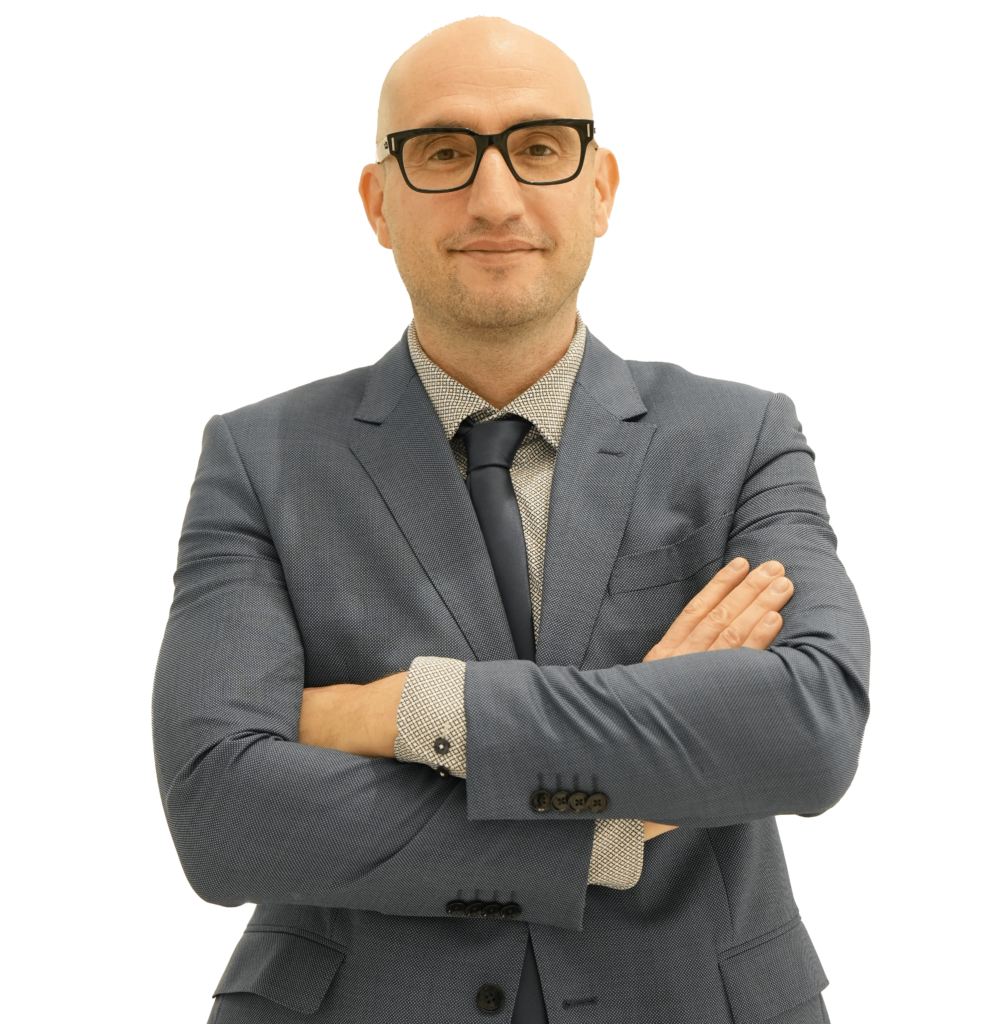
FAQs
Spider veins are small, enlarged blood vessels located near the surface of the skin, frequently appearing in a web-like or branching pattern. They are typically red, blue, or purple and can appear on the legs, face, or other body areas. These veins are generally not harmful but may cause cosmetic concerns.
Spider veins cause include several factors such as:
Genetics: A family history of vein problems can increase your risk.
Hormonal changes: Pregnancy, menopause, or birth control pills can affect the veins.
Prolonged standing or sitting: Jobs that require you to be on your feet for extended periods may contribute to spider veins.
Aging: As you age, the valves in your veins weaken, which may lead to the formation of spider veins.
Spider veins are typically visible on the skin as small, discoloured veins, often found on the legs or face. They may cause mild discomfort, a heavy leg feeling, or slight swelling.
If you’re concerned about any new veins or persistent symptoms, it’s best to consult with a vascular surgeon Dubai for an evaluation and diagnosis.
Several effective options are available for treating spider veins, including:
Sclerotherapy: This minimally invasive procedure, known as sclerotherapy, utilises the injection of a special solution into the vein, resulting in its shrinkage and eventual disappearance.
Laser therapy: A non-invasive treatment utilising focused light to target and eliminate spider veins.
Endovenous laser therapy (EVLT): This method uses laser energy to treat more prominent veins and is effective for both spider and varicose veins. A vascular surgeon in Dubai can assist in determining the most appropriate treatment based on your individual condition.
Spider veins can be removed through various treatments, such as:
Laser treatment: This is one of the most popular methods for removing spider veins, as it is non-invasive and requires minimal downtime.
Sclerotherapy: This injectable treatment works by causing the veins to collapse and be subsequently absorbed by the body.
Radiofrequency or laser ablation: Advanced technologies used to remove larger veins.
For spider vein treatment in Dubai, it’s essential to consult with a qualified specialist at Aesthetics by King’s College Hospital. They can provide a personalised treatment plan for effective results.
While both are related to vein issues, varicose veins are larger, bulging veins that can cause pain, swelling, and discomfort, whereas spider veins are smaller and often cause cosmetic concerns. A skilled vascular surgeon in Dubai can treat both with advanced techniques.
At Aesthetics by King’s College Hospital, we offer a range of treatments for spider veins treatment:
Sclerotherapy: A well-established treatment for smaller veins, using a solution to shrink and close the veins.
Laser treatments: A non-invasive approach that uses light to target the vein and make it disappear.
Microphlebectomy: A surgical method used for more significant veins, where the vein is removed through small incisions.
Most treatments for spider veins are minimally invasive and involve little discomfort. Laser treatments and sclerotherapy typically require no downtime, and any mild discomfort during the procedure can be managed effectively. .
While spider veins can be effectively treated, new veins can be formed in the future, especially if underlying factors like poor circulation or prolonged standing persist. However, with proper preventive care and lifestyle changes, you can minimise the risk of recurrence.
